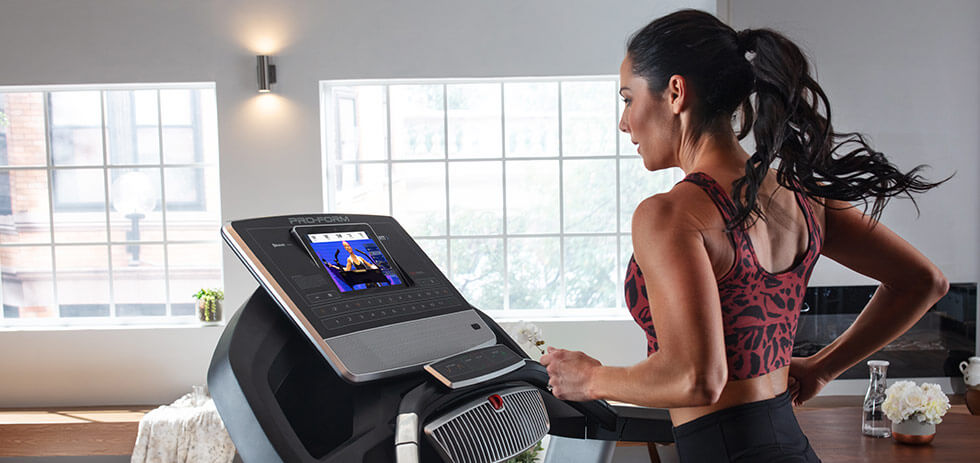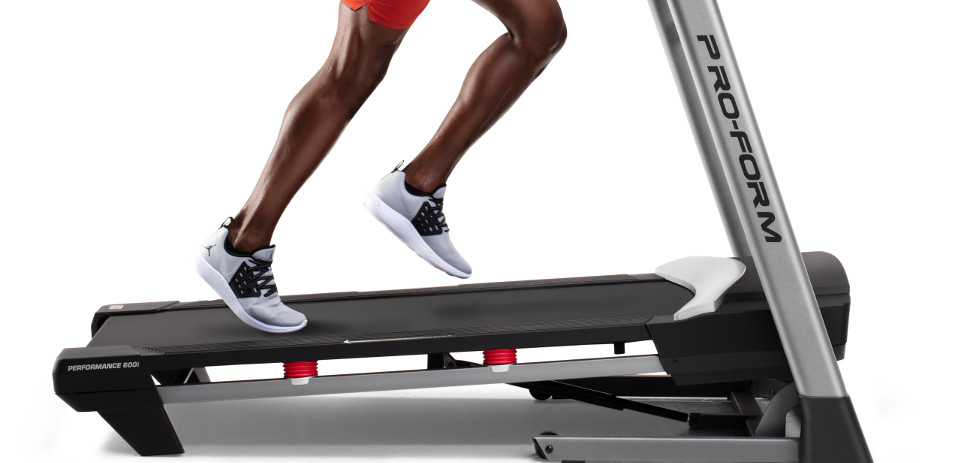Important Recovery Advice From iFit Trainer John Peel

As you workout, small microscopic tears occur in your muscle tissue. And the size of these tears depends on the intensity of your workout. As these tears form within your muscles, satellite cells are activated from outside of your muscle fibers and rush to the damaged area in order to repair the damage. This is your body’s process of building new muscle protein strands – growing and regenerating muscle.
Without this process, your body cannot fully adapt to the stress associated with exercise, replenish its muscle glycogen properly, or allow enough time for your body tissues to repair themselves. So, as you can see, recovery is essential to any fitness routine.
iFit® trainer, John Peel, preaches and practices recovery himself. Whether it’s after a long run or a strength training session, he makes sure to incorporate recovery into his routine. Here are his 3 favorite tips that help him to recover from exercise:
1. Sleep
“It’s so important to me. I make sure to get 8 hours every single day. Whether I have a 5am client the next morning or I have to get up early for a flight, I’m getting that 8 hours. So, if I’m in bed by 7pm, call me an old man. I’ve got to do it and I know how important it is.”
2. Foam Roll
“I use it every single day on my hips, my IT band, my glutes. It’s so important, especially because I love to do incline training. A lot of hip action. I don’t like to be tight. It holds me back, it restricts me. So, my foam roller is key. I take it with me everywhere I go.”
3. Hydration
“Water guys, H2O. It’s so important for the body. Helps me recover, helps me replenish all that sweat that we leave out on the mat. Whether it’s branch chain amino acids or a big gallon of water throughout the day. I take it in the morning, a big glass at night before I go to bed. It’s the first thing I do when I wake up and the last thing I do before I go to bed.”
There are different forms of recovery to pick and choose from, depending on how you feel. Active recovery, such as foam rolling, allows your muscles to be massaged while still being somewhat active by increasing circulation, yet not challenging your muscles too much. Sometimes passive recovery is all you need to recover, such as sleep – giving your muscles a much needed rest.
Be sure to always listen to your body and pay attention to what it needs. Consult a physician before you create a new exercise routine so you instantly have a clearer idea of where you stand physically before making any sudden changes to your lifestyle. Your body will thank you later!
DISCLAIMER: This post is not intended to replace the advice of a medical professional. The above information should not be used to diagnose, treat, or prevent any disease or medical condition. Please consult your doctor before making any changes to your diet, sleep methods, daily activity, or fitness routine. ProForm assumes no responsibility for any personal injury or damage sustained by any recommendations, opinions, or advice given in this article. Always follow the safety precautions included in the owner’s manual of your fitness equipment. Opinions of iFit trainers are solely theirs, and may or may not be shared by ProForm.
Sources:
https://www.nifs.org/blog/the-importance-of-recovery-after-exercise
https://www.livestrong.com/article/533248-what-happen-to-your-muscles-when-you-work-out/
https://journals.sagepub.com/doi/abs/10.3181/00379727-194-43060
https://www.canr.msu.edu/news/the_importance_of_rest_and_recovery_for_athletes
https://www.ifit.com/blog/ifit-trainer-john-peels-recovery-routine
https://www.proform.com/blog/foam-roller-before-and-after-workout
https://www.proform.com/blog/common-exercise-mistakes-beginners-make/










